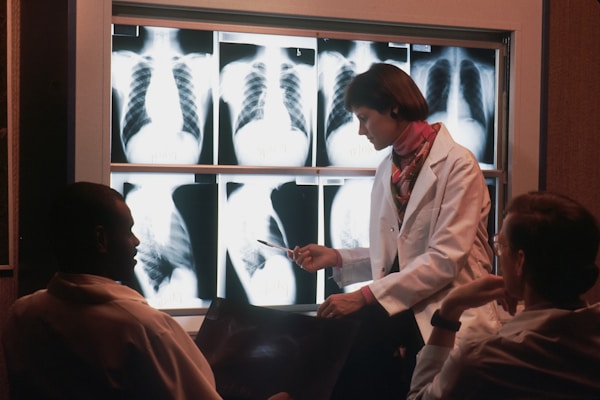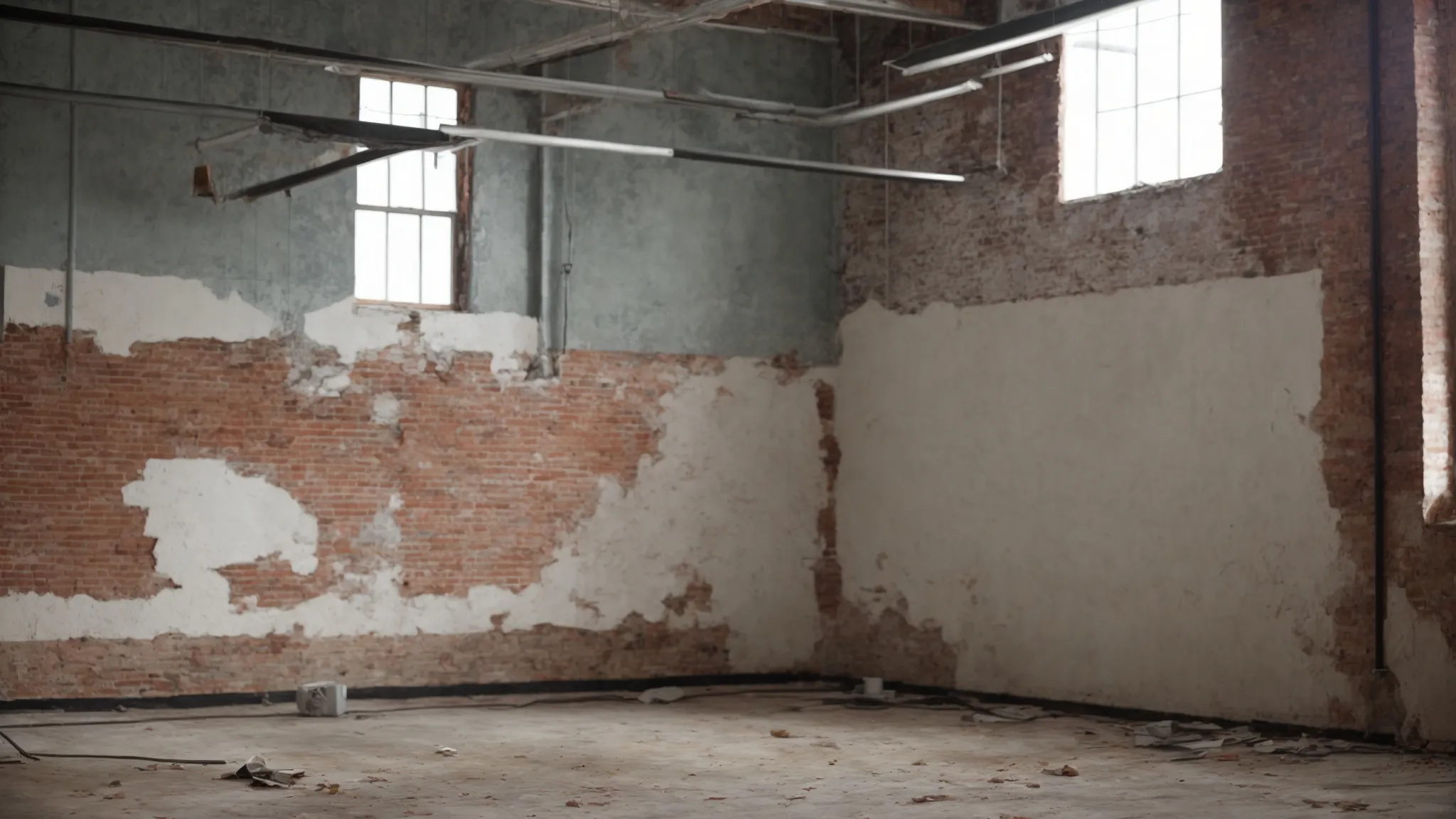For those who aren’t aware, radiologic technicians, also known as radiologic technologists, are healthcare professionals who operate medical equipment to create images of the inside of the human body. These images help doctors diagnose and treat a range of injuries and medical conditions. Radiologic technicians work in various healthcare settings, including hospitals, clinics, diagnostic imaging centers, and physician offices. These careers can be deeply fulfilling and offer a stable living, which is why they are so desirable. If you’re interested in radiology or a health care career, keep reading for a basic guide to becoming a radiological technician.
How can you become a radiologic technician?

To become a radiologic technician, one needs to obtain a postsecondary education through a radiologic technology program. This program is usually completed in two years. Students enrolled in this type of program are required to take courses that cover topics such as medical ethics, clinical practice methods, radiological sciences, pathology, and patient care procedures. In addition to classroom learning, most programs also require students to complete clinical rotations where they can gain hands-on experience while working alongside experienced professionals in a real healthcare setting.
Students who successfully complete their studies will earn an associate’s degree or certificate depending on the school they attend. After completing their Radiologic Technology Program studies graduates must then pass a certification exam given by the American Registry of Radiologic Technologists (ARRT). Upon passing this exam they will be certified radiographers able to practice under state laws in any US jurisdiction where licensure is required for practicing radiography technicians. It is crucial for prospective professionals to research what their specific state requires.
Remember that continuing healthcare education (CHE) is an integral part of the career journey for any radiologic technician. CHE allows professionals to stay up-to-date on the latest advancements in technology, techniques, and protocols within their field. Every two years, you will need 24 hours of CHE credits. Therefore, continuing education is crucial not only for the growth of the technologist but also for the safety and care of the patients.
What are the benefits of working in radiologic technology?

Now that you know how to become a radiologic technologist or technician, let’s go over some of the benefits of working in this field. For example, you can expect to earn an above-average salary and have reliable job security. With the increasing use of diagnostic imaging technologies in healthcare, the demand for radiologic technicians is expected to continue to grow in the coming years. Job growth in the field is projected to be strong and the median salary for a radiologic technologist in the United States is $61,980, well above the national average.
Working as a radiologic technologist is a fascinating and meaningful path as well since it offers a unique opportunity to combine science, technology, and patient care. They work directly with patients, helping to ensure their safety, comfort, and privacy during procedures. They are also responsible for maintaining and operating complex equipment, requiring advanced knowledge. In addition, radiologic technologists must have excellent interpersonal skills to effectively interact with patients, physicians, and other healthcare professionals.
As this article illustrates, becoming a radiologic technician is an important and rewarding career choice. By understanding the different roles and responsibilities, the various educational and certification requirements, and the potential benefits, you can gain the skills and experience needed to succeed in this field. You can trust that your skills will stay in demand and that the work will be fulfilling throughout your career. With the right preparation, you can become a certified radiologic technician and make a positive impact in the healthcare industry.





